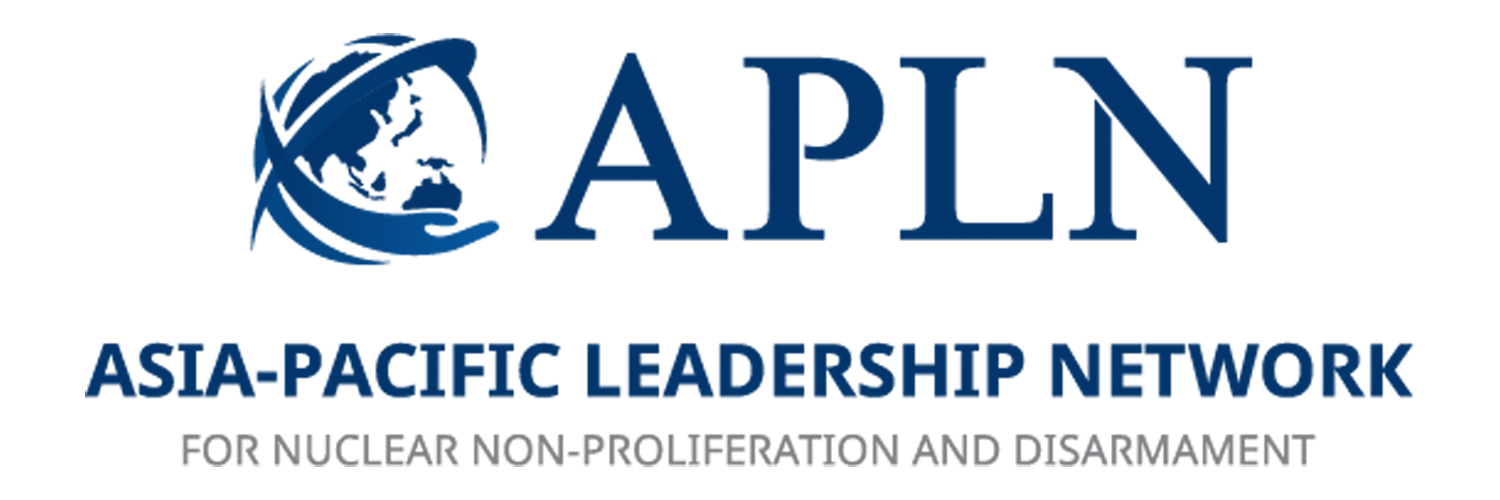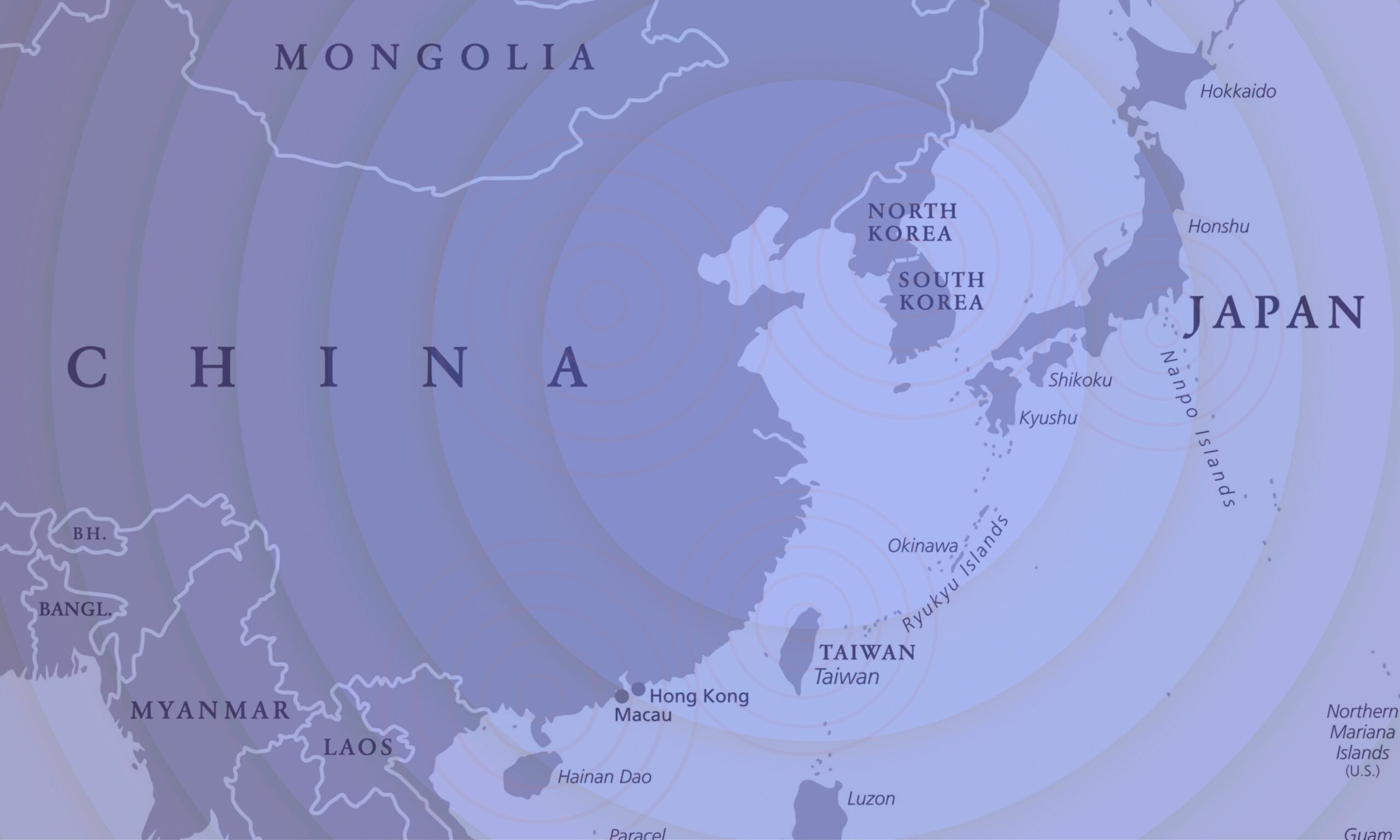What Should Be Done? Practical Policies to Prevent Nuclear Catastrophe
The Asia-Pacific Leadership Network (APLN) in collaboration with the Research Center for Nuclear Weapons Abolition, Nagasaki University (RECNA) and the Nautilus Institute, released the third report of our 3 year joint research project on Reducing the Risk of Nuclear Weapon Use in Northeast Asia (NU-NEA). The project aims to assist policymakers with identifying ways to avoid a nuclear conflict through modelling nuclear weapons “use cases” and assessing the lessons that they can offer.
In our year one and year two analyses, the project identified possible pathways to nuclear use in Northeast Asia and focused on the impacts and consequences of nuclear use in the region, evaluating through extensive modeling the five use cases that best represented the fullest range of plausible nuclear use scenarios facing Northeast Asia.
In year three, Van Jackson identifies key areas of vulnerability in Northeast Asia’s security architecture and offers practical policy recommendations for avoiding nuclear war, aimed at the governments of Japan, South Korea, the United States, China, and North Korea. The study reveals that nuclear and conventional military decision-making interacted to compound risks of nuclear use, which always involves one or more of the following factors:
- Miscommunication and poor communication.
- Misperception, both of enemy actions and enemy intentions.
- Overconfidence in the ability to coerce the enemy with military force.
- Insensitivity to the decision pressures of political and military leaders.
Any policy formulation that seriously seeks to reduce nuclear risk must respond to these factors, based on the following principles:
- Transparency
- Predictability
- Strategic empathy
- Rebalancing deterrence and reassurance
Dr. Jackson suggests approaching risk reduction in two ways. One approach is to narrow the space for nuclear use-case scenarios to arise in the first place through forms of mutual threat reduction (structural risk reduction). The other approach is to help manage within-scenario (situational) risks more responsibly should they arise.
The policy proposals are phased in a logical progression that considers feasibility and desired impact—warming actions (rhetorical and diplomatic gestures); ripening actions (individual restraint); and reciprocal transformations (multilateral processes). To make ambitious cooperative measures aimed at bridling the threat of nuclear weapons politically feasible, governments must warm and ripen the regional security environment so that leaders are able to embrace a less destructive path.
POLICY RECOMMENDATIONS
Warming Actions—Rhetorical and Diplomatic Gestures
- Japan, the United States, and South Korea should propose and negotiate risk-reduction goals in extended deterrence-related engagements with Japan and South Korea. (Japan, ROK, US)
- The United States should match the deeds prescribed in this report with words that reflect its changed outlook on nuclear weapons and its security issues. Specifically, the US government should publicly reiterate that it seeks mutual co-existence with China and North Korea, considers the Korean War to be over, and recognizes the reciprocal vulnerability of US and Chinese nuclear forces to each other’s targeting capabilities. (US)
- The United States and China should institutionalize a dialogue on nuclear strategy, stability, perceptions of NFU commitments, mutual vulnerability, and perspectives on deterrence. In the process of the dialogue, the US should well establish close communication with allies to address their security concerns for NFU while at the same time encouraging them to take a constructive approach. (China, US)
- The governments of Japan, the United States and South Korea, as well as concerned philanthropic foundations, should sponsor a revival of “non-offensive defense” in strategic studies research. (Japan, US, ROK)
- Given the increasing risk of accidental or unintended nuclear weapons use due to misperceptions or misunderstanding, the United States should propose an ongoing, multilevel strategic security dialogue with North Korean defense and intelligence counterparts aimed at complementing foreign ministry-led diplomatic talks and exchanging information about US and North Korean strategic thinking and threat perceptions. (US, DPRK)
- The United States, in parallel with Northeast Asian governments, should commit to not targeting national leaders for preemptive or preventive assassination. (US, DPRK, China, ROK, Japan)
Ripening Actions—Individual Restraint
- The US president should issue an executive order (EO) restricting nuclear-capable bomber deployments to the Korean Peninsula. (US)
- Japan and South Korea should seek North Korean entry into the Comprehensive Nuclear Test-Ban Treaty (CTBT), Chinese ratification of the CTBT, and Russian re-entry into the CTBT. The US president should issue an executive order expressing the intent to ratify the CTBT and directing US compliance with the CTBT until then. (Japan, US, China, ROK, DPRK)
- South Korea and the United States should jointly propose ways to regulate and restrain South Korea’s “three-axis deterrence” policy linking precision-guided munitions, a doctrine of Korean Massive Punishment and Retaliation (KMPR), and ballistic missile defenses. (ROK, US)
- All states in the region should avoid targeting nuclear command and control systems in China, the DPRK, the United States and its allies, and Russia, including avoiding use of precision-guided munitions, drones, or facilitation of such attacks by technology export or sharing. (US, China, Japan, ROK, DPRK)
- In order to avoid precision-guided munitions targeting nuclear weapons systems, which helps avoid inadvertent nuclear escalation, China should introduce end-use restrictions on its missile and drone sales. Japan and South Korea should pledge not to target Chinese or North Korean nuclear-related weapons systems with advanced cruise missiles or drones. And the United States should require end-use restrictions on the sale or transfer of any drone or cruise missile system capable of targeting Chinese or North Korean nuclear-related operations. (US, China, Japan, ROK)
- The United States should codify and expand its unilateral ban on direct-ascent anti-satellite (ASAT) missile testing. (US)
- The US Congress should pass the Restricting First Use of Nuclear Weapons Act, asserting congressional war powers to restrict the US president’s unilateral authority to launch nuclear weaponsexcept when Congress has authorized war. US allies should also support (or at least not to oppose) such move. China and North Korea should be encouraged to adopt similar legislation. (US, Japan, ROK, China, DPRK)
- The US Congress should defund the SLCM-N and the Pentagon should reject making the SLCM-N a program of record in its defense budget submissions. (US)
- The United States should pause—and evaluate the merits of a permanent end to—the development of all ground-launched, land-attack missiles with strike ranges between 500km and 5,500km. It should then propose China, North Korea, and South Korea also freeze development of missiles within this range capability. (US, China, ROK, DPRK)
- North Korea and China should offer to furnish a full accounting of its nuclear warheads and fissile material. (DPRK, China)
- The United States should reduce the risk associated with reliance on ICBMs as a “ground-based strategic deterrent” in three steps: cut the overall inventory of the ICBM force by at least 100 missiles; de-nuclearize them, placing only conventional warheads on ICBMs; and place remaining ICBMs on mobile platforms. (US)
Reciprocal Transformations—Bilateral and Multilateral Initiatives
- Japan should lead a diplomatic effort to multilateralize the US moratorium on direct-ascent anti-satellite (ASAT) missile testing. (Japan, US, China, ROK, DPRK)
- The United States should propose a 12-month freeze (with the possibility of extension) in the testing, production, and new deployment of advanced conventional weapons. The freeze would apply to the United States and all Northeast Asian militaries. (Japan, US, China, ROK, DPRK)
- The US government, along with all Northeast Asian governments, should negotiate an agreement to have a common protocol of notification prior to all missile launches whose range exceeds 300 kilometers. (Japan, US, China, ROK, DPRK)
- Propose that the United States, China, and North Korea forswear establishing “fail-deadly” perimeter detection systems that automatically trigger nuclear-armed missile launches based on radar identification of incoming missiles. (China, DPRK, US)
- The United States should propose an accord with China and North Korea to ban low-yield “tactical” nuclear weapons. (China, DPRK, US)
- Northeast Asian governments, as well as the United States, should agree to redirect two percent of their defense spending to a UN fund that addresses public health, climate adaptation, global poverty, and inequality. (Japan, US, China, ROK, DPRK)
- The United States should move toward a nuclear-weapons-free zone in Northeast Asia by negotiating a monitored, mutual ban on nuclear weapons within the Exclusive Economic Zones (200 nautical miles) of the Korean Peninsula’s coastlines. (DPRK, China, US, ROK)
Click here to read the executive summary and here to access the full report.
Executive summaries of the report are available in English, Japanese, Korean, Chinese, and Russian.
This report is published simultaneously by the Research Center for Nuclear Weapons Abolition, Nagasaki University (RECNA), and the Nautilus Institute. It is being published under a 4.0 International Creative Commons License.
The research described in this paper was co-sponsored by the Research Center for Nuclear Weapons Abolition, Nagasaki University (RECNA), the Nautilus Institute for Security and Sustainability, and the Asia-Pacific Leadership Network for Nuclear Non-Proliferation and Disarmament (APLN), with collaboration from the Panel on Peace and Security of Northeast Asia (PSNA). MacArthur Foundation and New Land Foundation funding to Nautilus Institute supported this project.
About the Author
Dr. Van Jackson is a scholar of international relations specializing in East Asian and Pacific security, critical analysis of defense issues, and US foreign policy. He is a Senior Lecturer in International Relations at Victoria University of Wellington and a Senior Research Adviser at APLN. Van is also a Senior Research Scholar at Security in Context, where he co-directs the “Multipolarity, Great-Power Competition, and the Global South” project, as well as a Senior Non-Resident Fellow at the Center for International Policy in Washington and a Distinguished Fellow at the Asia Pacific Foundation of Canada. Van is the author of several books, including Pacific Power Paradox: American Statecraft and the Fate of the Asian Peace (Yale University Press, 2023). He has appeared widely in the media, including on The Majority Report with Sam Seder, HBO’s Vice News Tonight, CNN, BBC Radio, and Planet America. His writing has been featured in Foreign Affairs, Dissent, The Nation, New York Times, Washington Post, and The Atlantic, among others.
Disclaimer: The opinions articulated above represent the views of the author(s) and do not necessarily reflect the position of the Asia Pacific Leadership Network or any of its members. The APLN’s website is a source of authoritative research and analysis and serves as a platform for debate and discussion among our senior network members, experts and practitioners, as well as the next generation of policymakers, analysts and advocates. Comments and responses can be emailed to apln@apln.network.
Image: Byungdug Jun, Image processing of aerial photographs taken by the U.S. military before and after the atomic bombing of Nagasaki (Part 1), Journal of the Japan Society for Digital Archive, Vol.6, No.s3, pp.s238-s241, 2022 https://doi.org/10.24506/jsda.6.s3_s238



